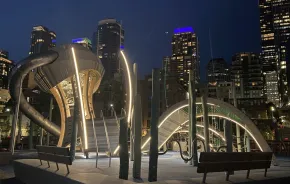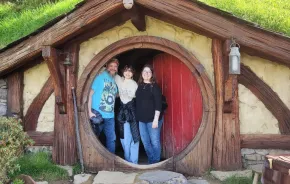Need a new adventure to fill those last, camp-less days before school starts? The University District is always a fun destination – cheap eats, campus wandering, bookstore browsing – but two intriguing, very different exhibits on show right now have raised its appeal a few notches. Bonus: With students still mostly gone, the parking is easier.
Monster snake at the Burke Museum: Titanoboa
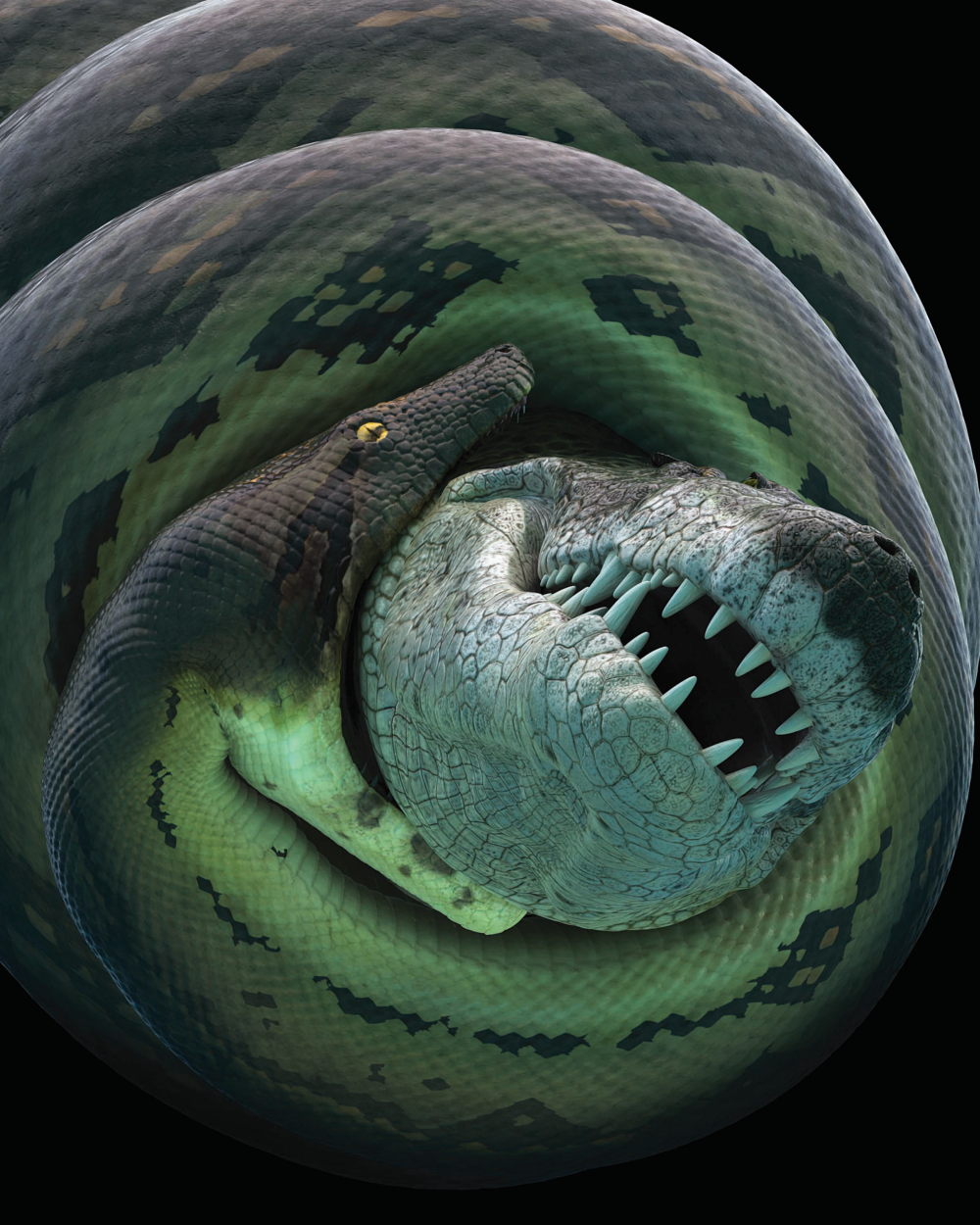
For sensational, science-y fun, head to the Burke Museum of Natural History & Culture to see Titanoboa, a new Smithsonian traveling exhibit on what’s believed to be the world’s biggest snake. The centerpiece of the exhibit is a lifesize, artist-designed replica of the creature, whose 60 million-year-old remains were found in a Colombian coal mine in 2006 and painstakingly excavated, along with other plant and animal fossils from the post-dino Paleocene era.
Kids will relish seeing the replica, which is depicted dramatically devouring a crocodile (the replica is made of foam, fiberglass and clay, with scales sculpted of epoxy). ("It's AWESOME," reports my son, who went with friends last week. "I just wish it was alive.")
Encourage kids to look for a particularly bulging spot – it might be another crocodile, digested, making its way through the snake. They can also see two vertebrae casts made from the original fossils and watch a Smithsonian video on the discovery.
Just as interesting (at least to older kids) is a related Burke exhibit on herpetology. To understand how big Titanoboa was, kids can play with adding up the weights of other large animals to equal the monster snake's weight. They can learn about a herpetology grad student named Leonard, see a fun video about a Washington snake challenge, and even see a snake skin in the process of being cured in table salt. (Show up on a Tuesday at 11 a.m., and scientists will be removing a newly cured skin and adding another.)
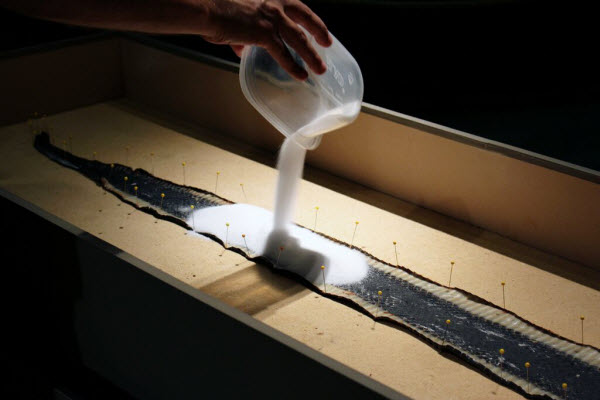
Since the snake exhibit is small, take time to wander the rest of the small-but-excellent museum (one of my favorites), with displays on volcanoes, dinosaurs and the crafts and culture of the Northwest’s native communities. There are interactive stations for kids, and — through Sept. 6 — an “80 Days of Summer” program with daily activities.
Details: The Burke is open seven days a week 10 a.m.–5 p.m.; until 8 p.m. on first Thursdays. Admission is $7.50–$10; free for kids ages 4 and under and free on first Thursdays (Sept. 3). The exhibit is recommended for kids ages 4 and older, though older kids (obviously) will be more interested in the scientific aspects of the exhibit.
Events: The Burke's annual Bug Blast on Sunday, Sept. 20, will include some reptilian activities, including a visit from the Reptile Man.
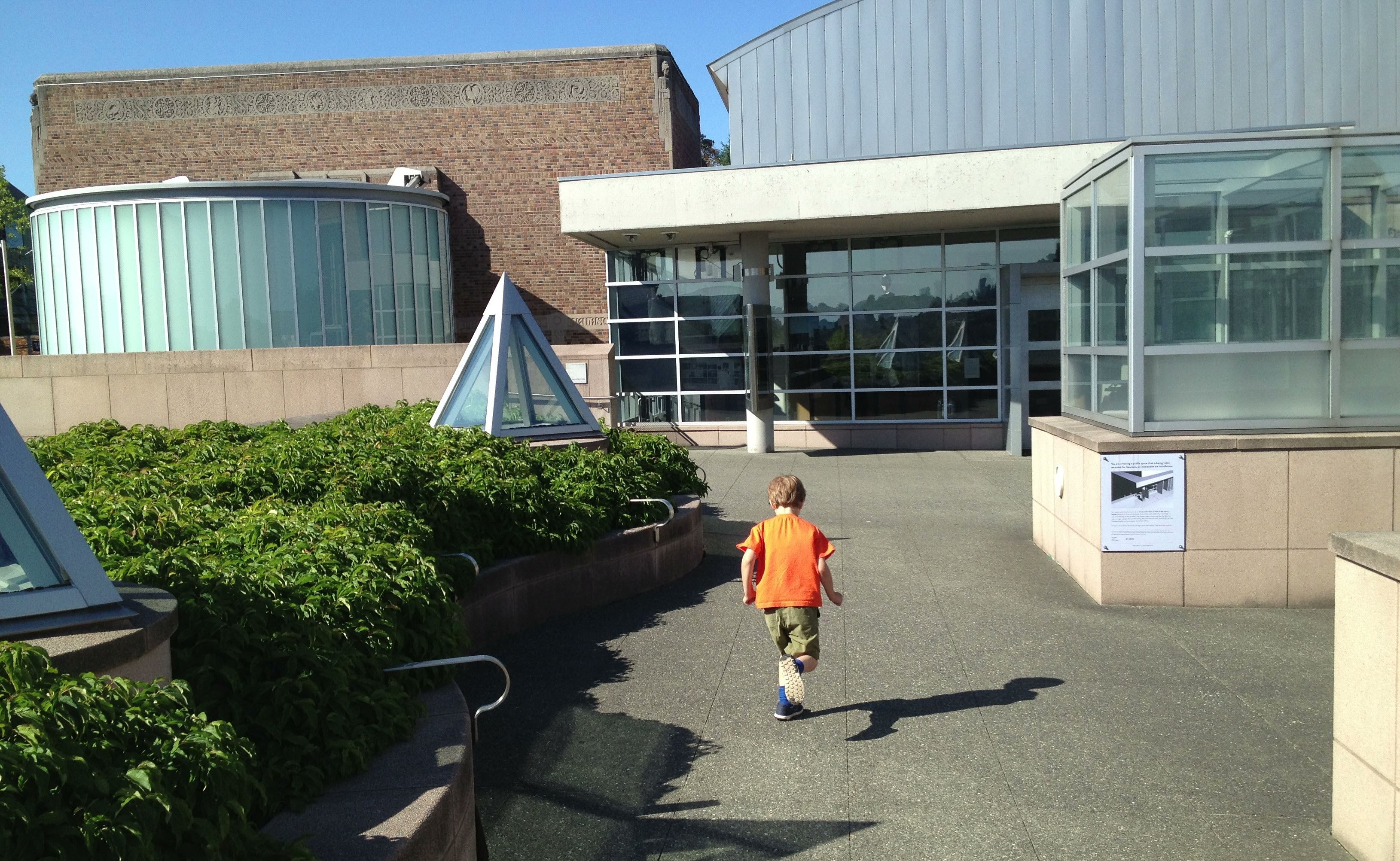
Postmodern balloons at the Henry Art Gallery: Martin Creed
A short walk south of the Burke Museum to the Henry Art Gallery, you’ll find a very different exhibit to explore, with no placards or guideposts about where to go or what you should be learning. In the installation titled Work no. 360: Half the given space in a room, by British-born artist Martin Creed, you'll just find balloons. Everywhere.
The concept is simple, kind of: Creed filled half the volume of a gallery space with 37,000 16-inch silver and gray balloons; they are packed tightly in and rise to a height of 11–13 feet, depending on their inflation level. You can either look at the exhibit from the floor above or you can enter through one of two glass doors and navigate your way through.

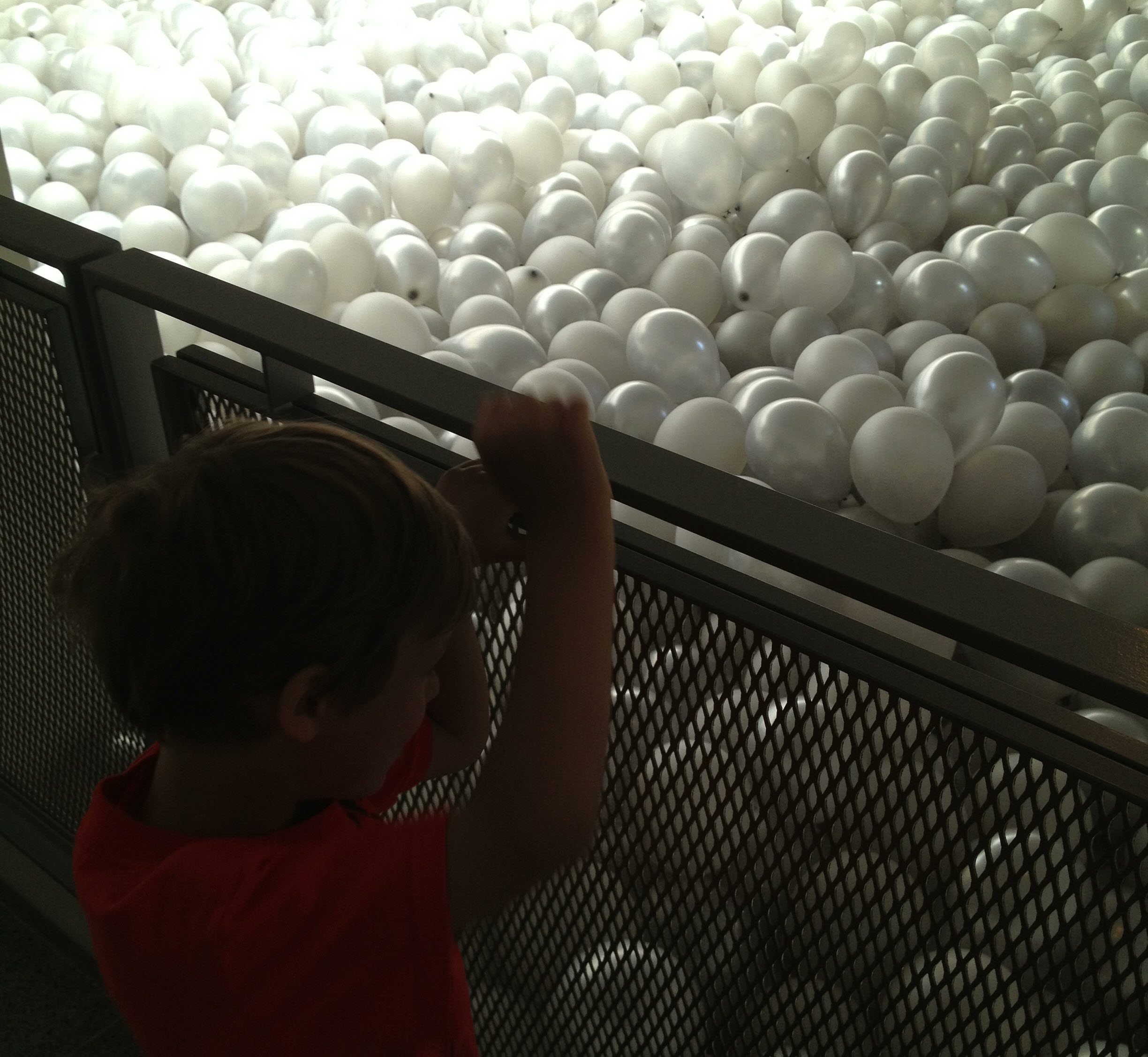
From the moment I heard about the installation – though I couldn’t really picture it – I wanted to take my 5-year-old son, and he was eager to enter the second he saw the thousands of silvery balloons behind the glass. Once we’d read the health disclosures (anyone with respiratory illnesses, claustrophobia or sensitivity to latex shouldn't enter), a security guard snapped a green bracelet on each of our wrists and then carefully opened the door – balloons began escaping immediately – and let us in.
While my son popped and scrambled in, I carefully stepped in, trying not to lose my grip on his hand as I began to navigate through. And when I say “navigate,” I mean squeeze and push; the room brims so completely with balloons that there is (almost) no room for humans. You see nothing but balloons, and maybe a small glimpse of a person right next to you. It’s a maze, but without sightlines.
My son moved his 38-pound frame quickly up and under, shaking off my hand so he could explore freely. I lumbered along, trying to hang on to him, keep our bearings straight (the door is in back of us, no it’s to the right) and to develop a strategy for bouncing the balloons in the air to make room for my volume.
One of the stranger aspects is that you can hear others but can't see them. We heard other kids laughing; he wanted to swim in the sea of silver to find them but it was almost impossible. When I finally convinced him to go, he was the one who found our way out, helping locate the wall, the light and then the door.
The gap between our experiences was fascinating: He found it thrilling; I found it anxiety-inducing.
This is typical, says Dana Van Nest, who works in marketing and communications at the Henry. "Kids and teens particularly are loving this exhibition and are much less inhibited than adults. It’s really delightful to hear the happy shouts from under the balloons."
Another intriguing experience is to watch from above as others tried to find their way. Visitors are not visible, but shifting balloons and voices give away their path. “You’re almost there,” a woman shouted from above to her friend below on the day we visited. “Keep looking for the light.”
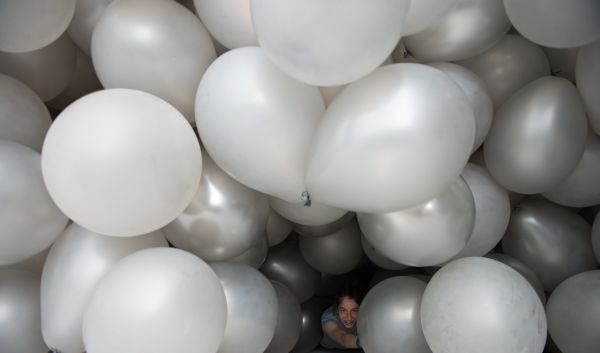
Details/caveats: Admission to the Henry Art Gallery is $6–$10 and free for kids; and free for all on the first Thursday of the month. Note that the balloons are made of latex and dusted with talcum powder. People with any type of claustrophobia, sensitivity to latex or respiratory problems shouldn’t enter the exhibit. Read the health disclosures. Only 20 people at a time are allowed.
Hours: The Henry is open Wednesdays 11 a.m.–4 p.m.; Thursday, Friday 11 a.m.–9 p.m.; Saturday, Sunday 11 a.m.–4 p.m.
Age recommendation: Children under 14 must be accompanied by an adult by a ratio of two children (up to 7 years) per adult or five children (6-13 years) per adult. Small children should hold their guardian’s hand at all times. My personal tip: Don't bring your toddler runners or children who have a hard time following directions.
5 more things to do in the University District
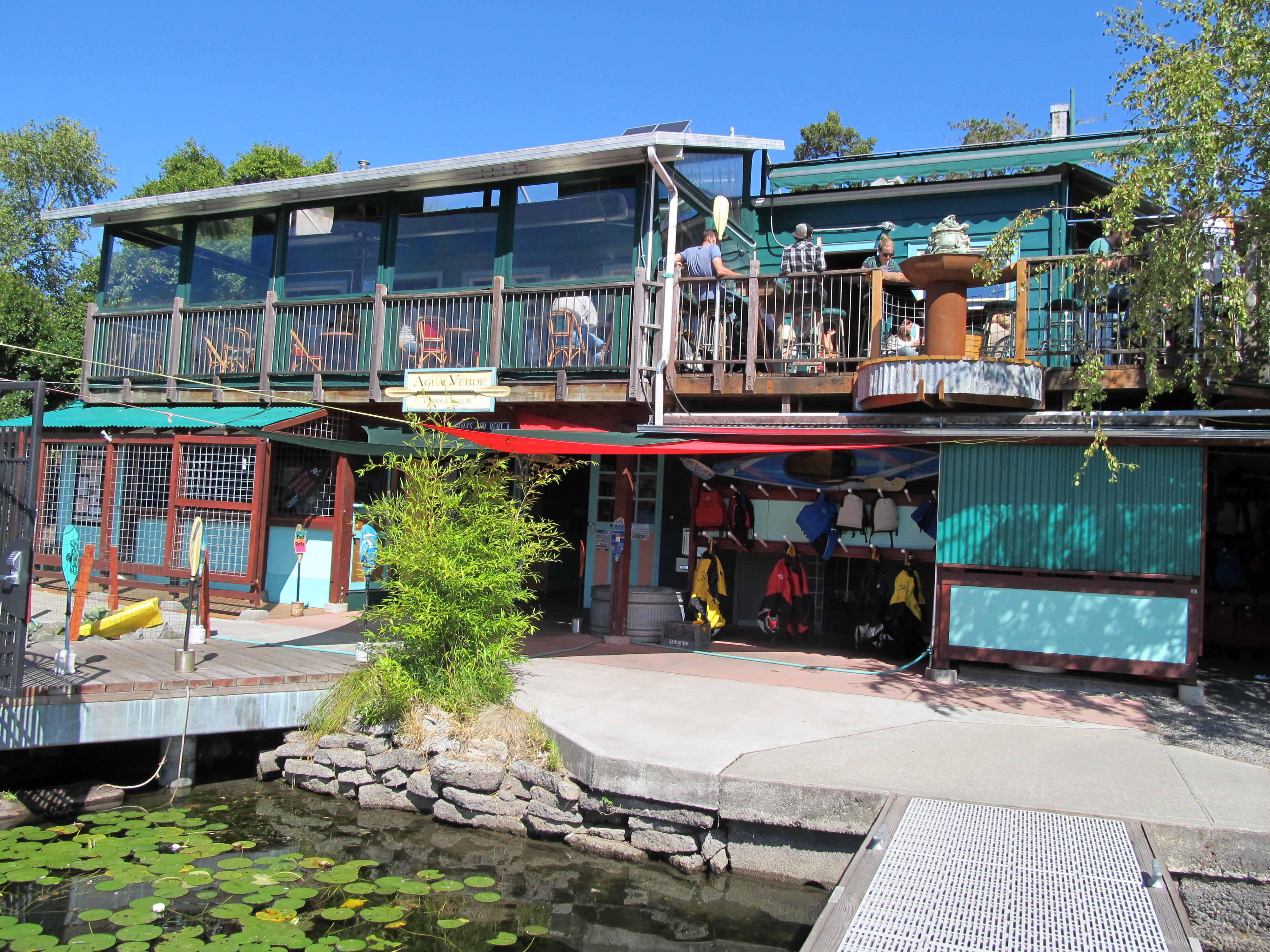
- Wander the University of Washington campus; highlights include the Drumheller fountain that's fun for kids to run around (on clear days look for the view of Mount Rainier); Red Square, also good for running and, for older kids, a magnificent library (Suzzallo).
- Get bookish at the University Bookstore, a stone's throw from the Henry and the Burke, which has a fantastic selection of discount books and art supplies, excellent children’s books, and a Lego table in the children’s section.
- Eat and/or kayak at Agua Verde, a Baja Mexican café/kayaking business on Portage Bay at the southern end of campus. You can also picnic in a small park outside the café.
- On a Saturday, wander and nosh at the University District farmers market, five blocks north of the U.W., which is regularly listed as one of the country’s best farmers markets .
- Eat ice cream at Full Tilt (no pinball here, though), a few blocks north of the university.









